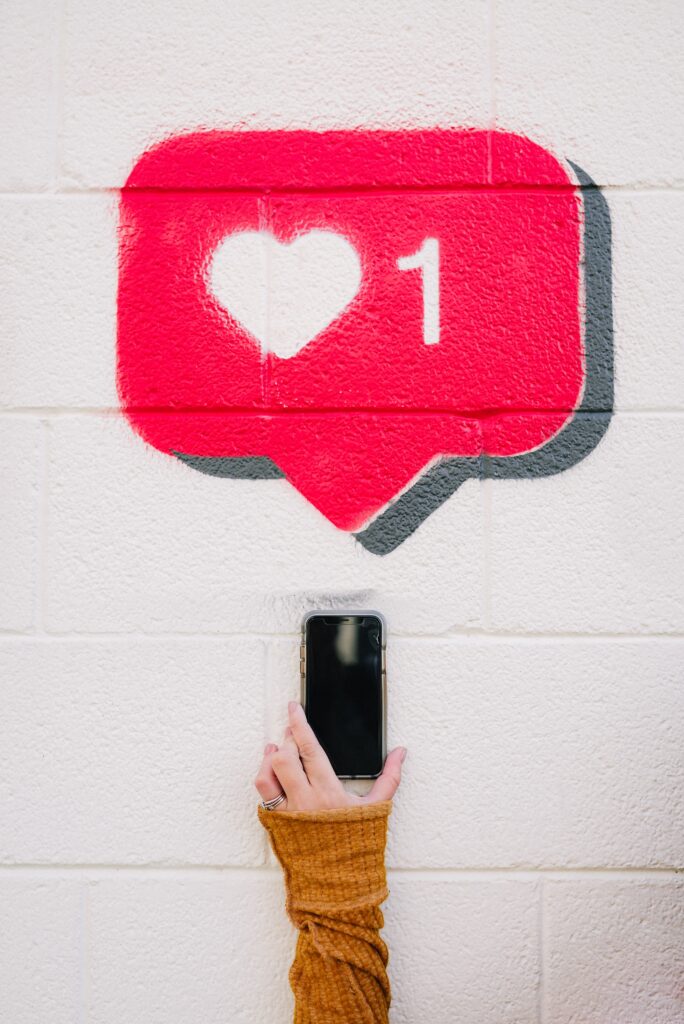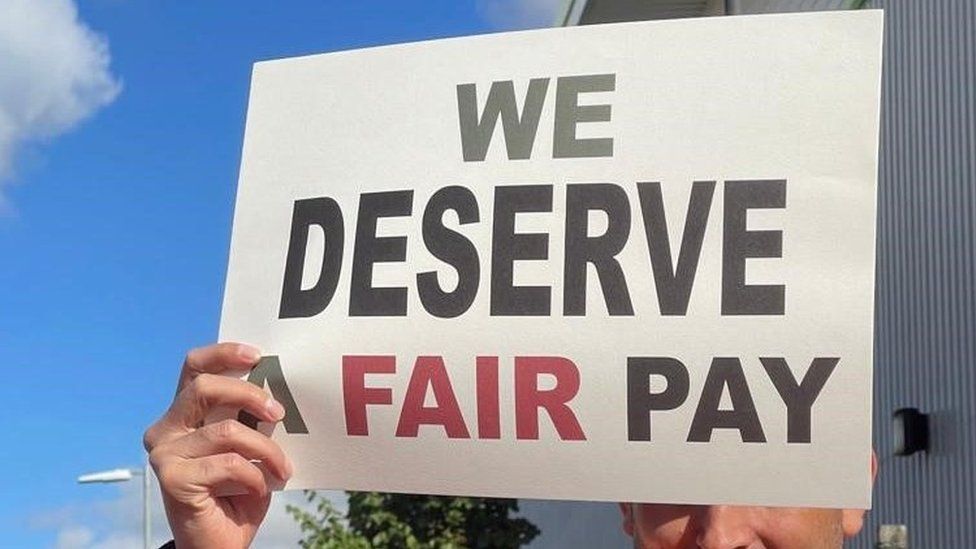The world spends 10 billion hours a day on social media, don’t be the brand that wastes that time
With brands becoming increasingly obsessed with how they use social media platforms, you could be forgiven for thinking that a brand lives or dies by its Twitter feed. And with more than 4.9bn people using social media on average 2.5 hours a day, posting more than 1 million times per second across up to 130 platforms to access everything from news, gossip, fashion tips, health advice or just good old laughs, it’s no wonder there’s such a focus on social media. Especially since Elon Musk has put the Twitter brand itself in the global headlines. However, brands have always been about much more than communications – traditional or social. The brand sits at the heart of everything an organisation does. In the new edition of Myths of Branding, we take a look at the risks of social media to a brand’s reputation as a whole.
The reach and limits of digital disruption
A decade ago it would have been unthinkable to imagine a global brand like Toys “R” Us just disappearing, seemingly unable to find a way of making its business profitable and floundering in the face of a new wave of digital arrivistes. For many, the disruption that digital brings is a challenge to traditional notions of brand loyalty. Now that customers are truly empowered, the thesis goes, all that really matters is the integrity of the product and the willingness (or otherwise) of a customer to advocate for it. If the product offer doesn’t stay fresh and relevant, it is easy for customers to switch to the next brand that promises something better. And if a brand miscommunicates via a social media campaign or a rogue tweet, it is also easy for people to ‘pile on’ with negative posts and ‘re-shares’ which damage the brand’s image and reputation.
There is some truth in this thesis. Brands exist because people like and identify with them. Our relationship with brands is emotional. Anything that undermines that relationship – including a poor online experience, a poor social media campaign – is a cause for concern. But digital channels are still only part of the brand experience and social media platforms are only a part of those digital channels.
The power of brands vests in their ability to occupy a unique space in our minds. That space might be smaller than it once was, but it is still incredibly valuable and cannot be captured within a Tweet, Instagram reel or TikTok video alone. The reality is that a clear set of positive associations built up over many years across many different chains of experience and which reside solely in the mind of the customer is both difficult to displace and difficult to copy, especially on social media.
Beware performative power
Of course social media is important for many brands, especially consumer brands where you can drive people to purchase with a single click. But too much focus on performance marketing (i.e. a type of marketing whose performance metrics are easy and quick to track e.g. number of impressions, click throughs, online sales) can lead to performative marketing where the desire to get more clicks leads to brands jumping on almost any trending topic regardless of its relevance. Nobody wants their bank to tweet about national sandwich day. Nobody wants their energy provider to ‘start a conversation’ about clean energy whilst taking a 40% profit increase when many people can’t afford their fuel bills. Hotel brands who pay their staff below the living wage but boast about the service they provide on a sexy Instagram reel are also risking shame in the court of social opinion. All these types of post add to the general noise but don’t create any meaningful connections with consumers. In fact, consumers would be happier if brands posted less but with more relevance. How often should a brand post? Sproutsocial, a social media management platform, found that 74% of consumers think brands should post no more than 1 – 2 times a day (link to site https://sproutsocial.com/insights/how-often-to-post-on-social-media/). Keep that in mind when your brand’s finger is hovering over the ‘send’ button.

Employees use social too…
Worse still for brands social media can be used to ‘lift the lid’ on an internal culture which might be at odds with its external messages. Increasingly consumers are looking for ‘authenticity’ from their brands. Now, more than ever, a ‘brand is what a brand does’ which means that the business and the brand are inseparable. This has made the internal culture of a business critically important. No system in the world, including a disciplined and relentless social media channel, can compensate for poor or disgruntled customers or employees. The rise of employee review sites such as Glassdoor, whistle-blowers and WhatsApp groups, Facebook pages and Twitter handles given over to angry employees or customers can cause brands a major reputational headache. If you’re relying upon your TikTok channel to carry your brand to new markets or drive engagement with your audiences (internal and external) you need to ensure that what you say is also what you do.
Social media should serve the brand
Businesses are realizing that customer experience is intimately connected to the art and science of brand building, and they are pursuing it with a renewed intentionality. They are seeking to create seamless, consistent experiences across all the points of contact a brand has with a customer. And that includes social media. Social media, well used, can protect a brand, it can put out fires very early, sneak an ad out ahead of a competitor, capture a customer story or even add value to your customers or would-be customers. When used properly, social can add clout to the operation.
Your social media is a brand extension, not a silo
But your social media is NOT an offshore island, separate from the mainland. It’s a distinct but integrated part of the whole and if you run it as an independent fiefdom don’t be surprised if you deliver a jarring customer experience.
Your platforms – twitter included – should be intentionally positioned within the wider brand strategy. Integrate them or they’ll become isolated. And isolating any part of your communications operation is risky business.
For instance, if your brand’s supply chains are with factories that have poor pay and conditions for their workforce, but your social media team are virtue signalling about how you care for your employees, consumers will quickly spot the credibility gap. In fact, brands that use their social feeds to virtue signal at all must first audit their entire operation or fall foul to a social pile-on that would overwhelm their entire social media narrative. Be intentional, be authentic and add value. And if your social media isn’t any of those things, delete it.

Ask hard questions about your social media presence
Brand loyalty is real. It always has been and always will be. Every time you receive your monthly social messaging plan from your social media manager, ask yourself if the messages going out will incentivise, maintain or increase brand loyalty. Even if the objective is to reach new customers, you don’t want to alienate the ones who already trust you enough to give you their hard-earned money. If the answer is no, then why bother? If it’s not an intentional dialogue between brand and customer, it’s just small talk. More witter than twitter. It won’t increase brand loyalty and is more likely to expose a sense of short termism at the heart of the operation and a lack of confidence about who and what your brand is for.
In short, your social media is not your brand. It’s just a very vocal and visible part of it. It’s a means of amplifying and extending your brand message and it can help you keep in touch and in tune with the changing views and needs of customers. So forget the small talk, the ‘look at me’ posturing and keep it focused on the things that really matter to your brand. Integrate it to the wider plan for the brand. Audit it every month. Never ever virtue signal. Post less but with more relevance. And always ask yourself before you tweet, pin, post or message, “what real value does this add to my customers?”
Don’t add to the noise if it doesn’t add anything to your brand.




